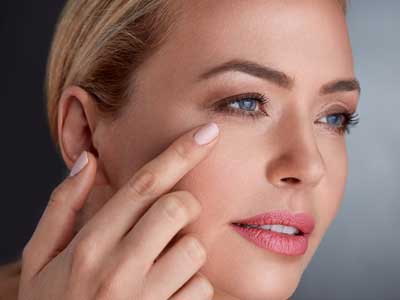Platelet Rich Plasma Therapy (PRP)
The use of PRP therapy is now established in specialist clinics; the platelets are extracted from a patient’s blood and reinjected into damaged tissues, with the aim of stimulating the patient’s body into growing new and healthy cells. The concentrated tissue growth factors contained in these injections aim to enable the injury to heal more quickly.
We specialise in this treatment with some of our clinicians having active research interests in this area of medicine and both teach and lecture widely in its use.
Which areas can be treated using PRP therapy?
Soft tissue injuries in joints, tendons, ligaments, and muscles are amongst the most common to be treated with PRP, with professional sportspeople and athletes increasingly turning to PRP as a mainstream treatment. Less acute arthritis and some spinal injuries can also benefit from this treatment.
We now use PRP therapy to help rejuvenate our patients and slow down the aging process in their face, whether this is down to chronological aging, or environmental or solar damage. This is done via mesenchymal and epithelial rejuvenation through injection of the patient’s enriched autologous plasma. The impact of this is to regenerate by way of the biological stimulation of existing stem cells, by growth factors.
What does PRP therapy involve?
Platelet Rich Plasma (PRP) involves extracting healing growth components from a patient’s blood in order to reuse this in targeted areas of their body, to stimulate local stem cells’ natural ability to repair damaged tissue. We collect a small amount of a patient’s blood, then spin it in a centrifuge to separate the blood platelets from other cells. The collected and separated platelets are then injected locally into the damaged area to stimulate the healing process. It is the platelets in blood which always act when they detect an injury in the body, clotting to stop bleeding and helping to regenerate new tissue in the wounded area.
The whole process is a closed system i.e. the blood is extracted, platelets separated, and then reinjected without any part of the blood coming into contact with the air or other environment.
Are there any side effects?
The use of platelet transfusions is established and common practice in medicine, in treating various disorders and conditions such as in cancer treatment. However, in PRP therapy, it is always your own plasma which is used in your treatment, and as a result there is no danger of transmitting diseases, or of allergic reactions or anaphylaxis.
Infection is the main risk associated with PRP treatment, but as all Stem Cell Clinics use a closed system in the treatment, and we are meticulous about infection control, this risk is kept as low as it possibly can be.

